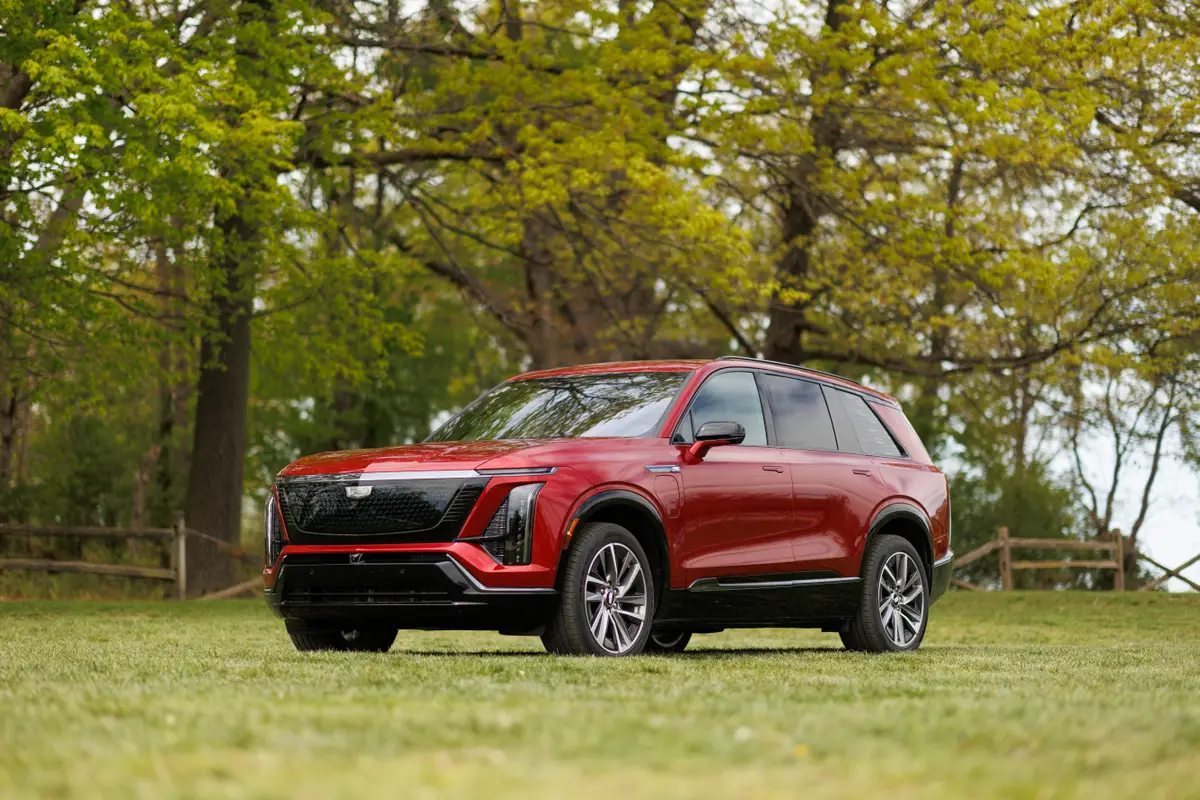2004 Honda CR-V: What's New
Vehicle Overview
Several newcomers have entered the compact sport utility vehicle market since Honda launched its car-based CR-V as a 1997 model. To meet that assault, Honda completely redesigned its compact SUV for 2002 and gave it more interior space and room behind the rear seat. Passenger space grew by approximately 3.5 inches in front and an inch in the rear, and headroom increased by 2 inches. A 160-horsepower, 2.4-liter four-cylinder i-VTEC engine replaced the previous 2.0-liter.
LX versions may be equipped with front-wheel drive or four-wheel drive and either an automatic transmission or a manual gearbox. The upscale EX edition comes only with four-wheel drive. Except for the addition of a new front-passenger power door lock switch, little has changed for 2004.
In its first generation, the CR-V became the most popular car-based SUV on the market. Rivals include the Ford Escape, Mazda Tribute and Toyota RAV4. The latest CR-V is produced in Japan and England. It has earned impressive five-star ratings for both front and side-impact crash tests conducted by the National Highway Traffic Safety Administration (NHTSA).
Exterior
Semi-traditional SUV styling continues to conceal the CR-Vs passenger-car platform. Styling features include a short, sharply raked nose and high-visibility rear lights. The CR-V rides a 103.1-inch wheelbase, measures 178.6 inches long overall and stands 66.2 inches tall. The EX version is equipped with a moonroof and privacy glass.
Interior
The CR-V seats five people in front bucket seats and a three-place rear bench that folds flat. The reclining and sliding rear bench seat is split 60/40, and it folds and tumbles. Cargo volume is 72 cubic feet with the rear seat folded down and 33.5 cubic feet with the backseat up. The automatic-transmission shift and parking-brake levers are positioned below the instrument panel.
Under the Hood
A 2.4-liter four-cylinder engine with i-VTEC intelligent valve control develops 160 hp and 162 pounds-feet of torque. The CR-V meets 2004 Low Emissions Vehicle (LEV II) standards. The engine mates with either a five-speed-manual or a four-speed-automatic transmission with intelligent grade logic control. Front-drive and four-wheel-drive models are available. Hondas Real Time 4WD system engages automatically to maintain traction.
Safety
All-disc antilock brakes with Brake Assist are standard on the EX model. Side-impact airbags are standard on the EX and optional on the LX. A bumper beam on all models was designed to match the height of passenger-car bumpers.
Driving Impressions
From the first moment, the CR-V is quiet, smooth, refined and classy. This SUV is neatly stable, stays easily on course and maneuvers crisply, which yields an enjoyable road experience. The ride is not wholly gentle, but its smooth most of the time. Occupants can feel the bumps, but few are annoying.
Though the CR-V is pleasantly peppy when equipped with a manual gearbox, it isnt quite as vigorous with the automatic transmission during steep, demanding upgrades. Downshifts under hard throttle are less abrupt than on the previous model, and engine blare when pushing hard on the throttle is reduced but not gone completely. The manual gearbox shifts easily and teams with a well-behaving clutch.
Firm but well-cushioned seats have snug side bolstering. The protruding automatic-transmission lever operates as easily as a steering-column shifter.
| Reported by Jim Flammang for cars.com; Posted on 9/16/03 |
Featured stories

2026 Cadillac Vistiq Review: Luxuriously Normal



